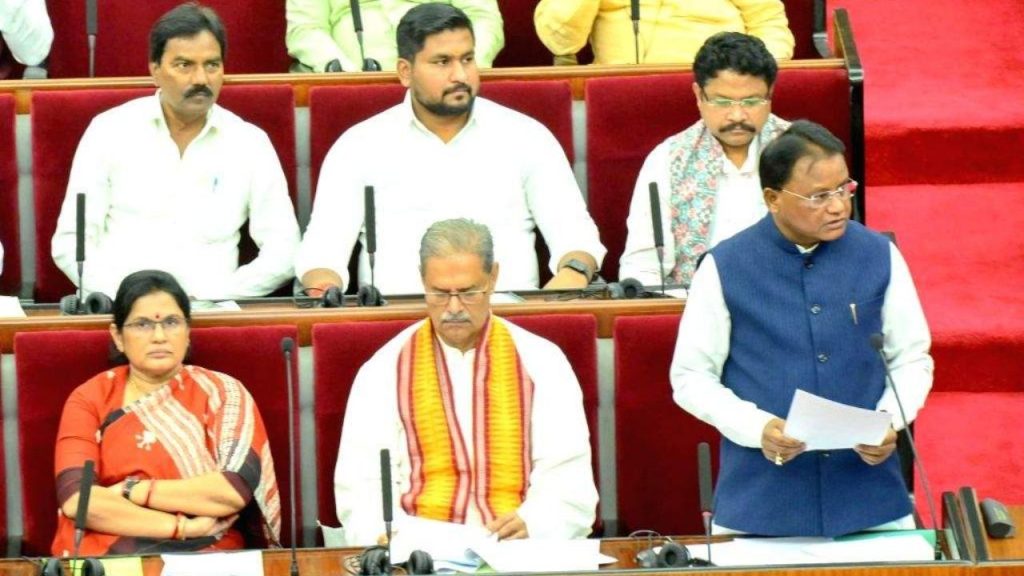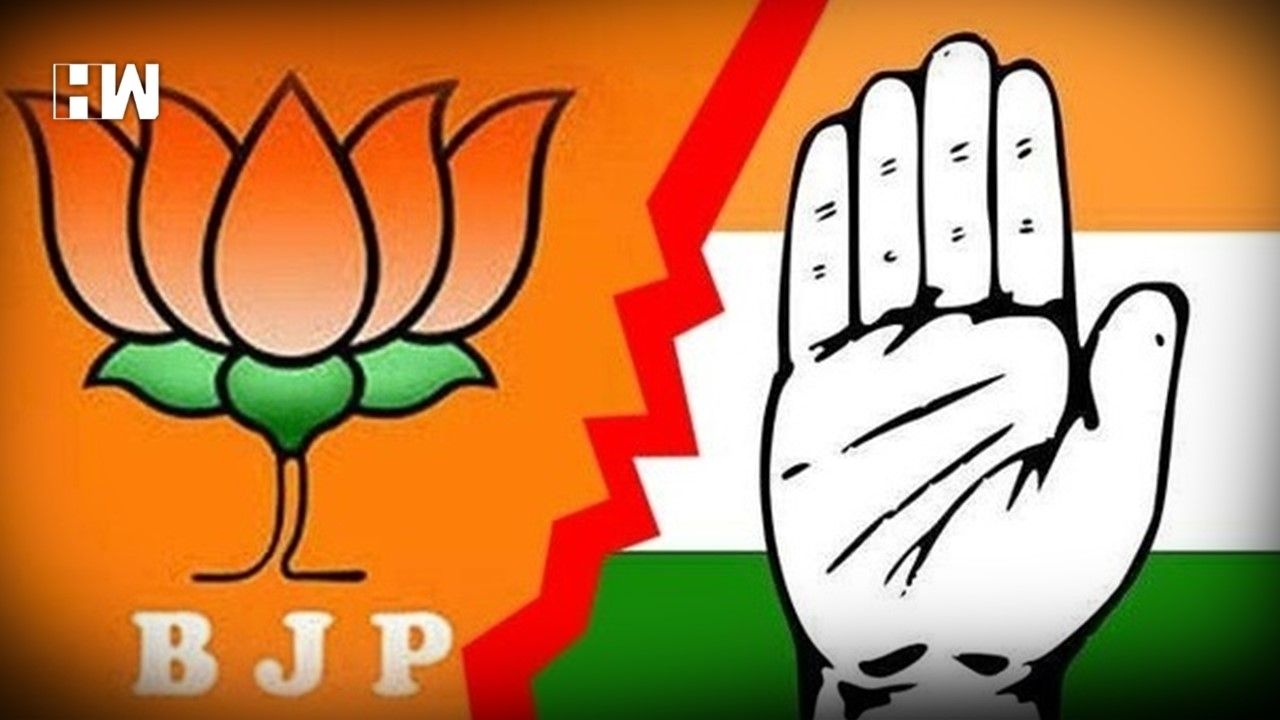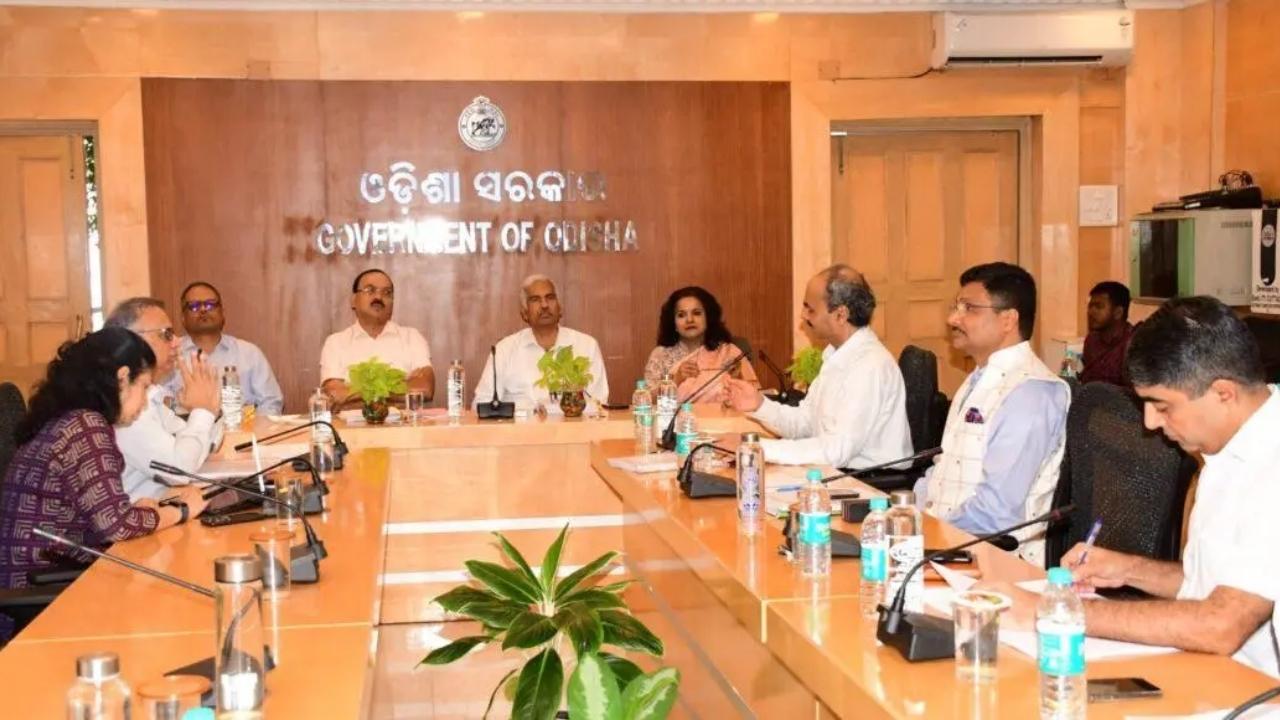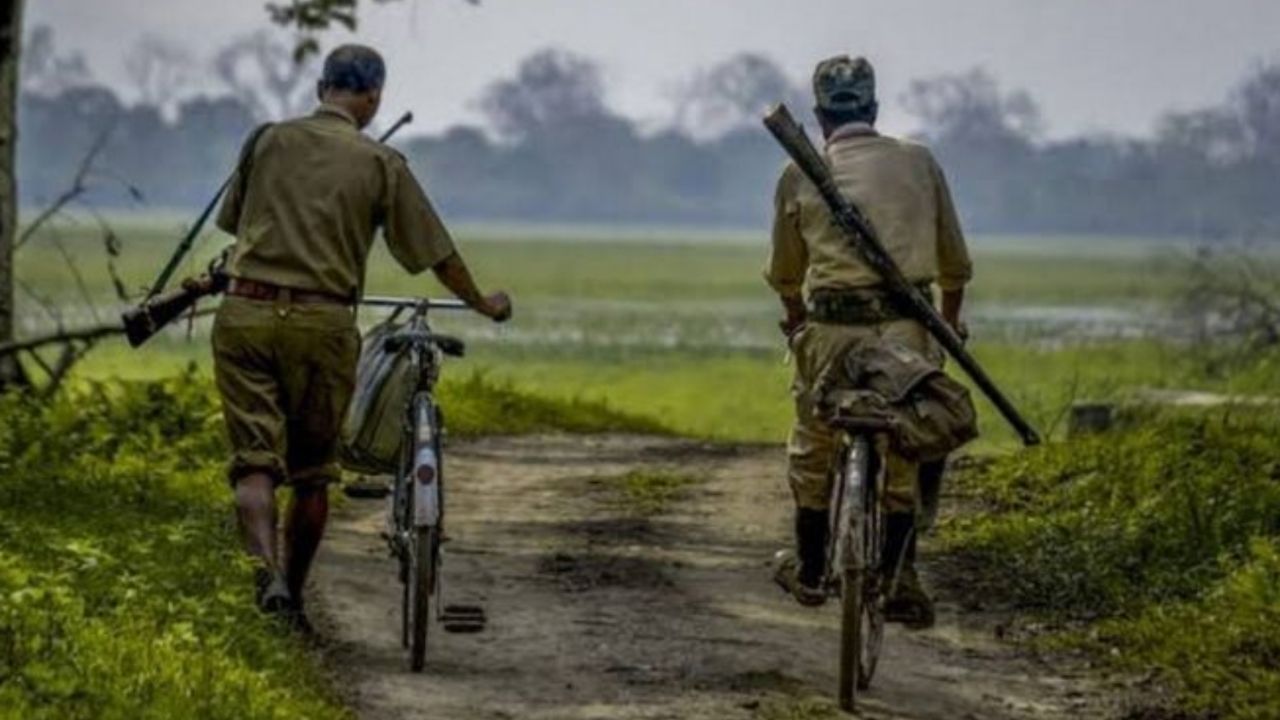In recent days, Odisha has been shaken by a heartbreaking incident involving a college student who attempted self-immolation on campus. The event, which unfolded at Fakir Mohan Autonomous College in Balasore, has sparked widespread outrage, bringing issues of harassment, institutional negligence, and the safety of students in educational settings to the forefront. Odisha’s Chief Minister, Naveen Patnaik, has promised swift and stringent action, making it clear that justice will be pursued vigorously.

On July 12, a second-year Integrated B.Ed. student, Soumyashree, set herself on fire on the college campus after reportedly enduring prolonged harassment by a faculty member. The 20-year-old victim, who had endured constant mistreatment from the Head of the Education Department, Sameer Kumar Sahu, had raised multiple grievances before the incident but saw no response from the authorities. Her shocking act has prompted not only local protests but also national attention.
Odisha CM Visits AIIMS Amid FM College Self-Immolation
| Key Information | Details |
|---|---|
| Incident | Student attempts self-immolation at Fakir Mohan Autonomous College in Odisha |
| Victim | Soumyashree, second-year Integrated B.Ed. student |
| Harassment Allegations | Sexual harassment and threats by Sameer Kumar Sahu, Head of Education Dept. |
| Government Response | Suspension of Sameer Kumar Sahu and Dilip Ghosh (Principal) |
| CM’s Response | Naveen Patnaik visits AIIMS Bhubaneswar and promises stringent action |
| Medical Care | 12-member team at AIIMS provides specialized care |
| Public Reaction | Widespread outrage and protests over institutional negligence |
| Official Sources | Odisha TV, Prameya News |
In response to the incident, the Odisha Chief Minister visited the All India Institute of Medical Sciences (AIIMS) in Bhubaneswar, where Soumyashree is currently undergoing treatment for severe burns, estimated at 90%. During his visit, the CM promised that the government would take immediate and appropriate action against the responsible individuals and ensure that justice is served.
This tragedy is not just an isolated case; it is part of a broader issue surrounding harassment in educational institutions. The outcry is not only about the lack of action against the perpetrators but also the broader culture of indifference that often surrounds such sensitive matters. Students, particularly young women, are often left vulnerable to exploitation or abuse, with few mechanisms in place to protect them or address their concerns adequately.
The tragic self-immolation attempt by Soumyashree has brought to light the urgent need for better safeguards against harassment in educational institutions. While the response from the Odisha government shows promise, it is clear that more must be done to ensure the safety and well-being of students. It is crucial that educational institutions across India—and the world—take this opportunity to implement stronger policies and practices to prevent such incidents in the future. Through accountability, transparency, and a commitment to change, we can create educational spaces where all students can thrive free from fear and intimidation.
Understanding the Context: Harassment in Educational Institutions
The harassment that Soumyashree faced is reported to have been ongoing for some time. She alleged that Sameer Kumar Sahu, the Head of the Education Department at her college, had made inappropriate demands, including sexual advances, and threatened her if she didn’t comply. She attempted to speak out against these actions on social media and filed a formal complaint on July 2, but no meaningful action was taken.
In a situation where the victim is a student and the perpetrator is a faculty member, the power dynamics make it especially difficult for the victim to come forward and seek help. Harassment and intimidation are often met with silence or dismissal, leaving victims feeling trapped and helpless. Tragically, Soumyashree’s self-immolation attempt underscores the desperate lengths to which some victims may go when they feel their voices are unheard and their pain ignored.
This case highlights the need for educational institutions to take a stronger stance on safeguarding students from harassment. Whether physical, emotional, or sexual in nature, harassment can have profound and long-lasting effects on the mental and emotional well-being of students. Institutions must prioritize creating safe environments and put effective reporting and response mechanisms in place to deal with such issues swiftly.
How the Odisha Government Responded: A Step Toward Justice
The swift action by the Odisha government reflects a commitment to not only addressing this specific incident but also creating a precedent for handling similar cases in the future. Naveen Patnaik, the Chief Minister of Odisha, has condemned the incident and called for a thorough investigation. In addition to suspending Sameer Kumar Sahu and Dilip Ghosh, the Principal of Fakir Mohan Autonomous College, the CM has demanded that a detailed probe be conducted into the broader culture of harassment at the institution.
The government has formed a 12-member medical team at AIIMS Bhubaneswar to ensure that Soumyashree receives the best possible care. This specialized team is working with medical professionals from across the country to address her severe injuries. The CM has also expressed his concern over the emotional trauma faced by students in such circumstances, emphasizing that no stone will be left unturned in the pursuit of justice.
The Role of Educational Institutions: Prevention and Accountability
Educational institutions, both in India and worldwide, are expected to be places of learning, growth, and safety. However, as this tragic event demonstrates, many students, especially women, face discrimination, harassment, and exploitation within these supposed sanctuaries. It is essential that educational leaders and administrators take proactive measures to foster a culture of respect, accountability, and transparency.
One of the key aspects of preventing such incidents is the establishment of clear policies against harassment and violence. These policies must be communicated effectively to all students, staff, and faculty members, with an emphasis on the importance of reporting misconduct without fear of retaliation. Additionally, institutions must create a transparent process for investigating complaints, ensuring that they are handled in a timely and sensitive manner.
Another critical element is training staff and faculty to recognize and respond to signs of harassment or distress among students. Educators must be equipped with the tools to intervene early, offer support, and guide students through the necessary steps to seek help. In the case of Soumyashree, it appears that despite her repeated attempts to report the harassment, her grievances went largely ignored. A more responsive and compassionate approach could have prevented this tragic outcome.
The Road Ahead: Ensuring Justice for Victims
The road to justice for Soumyashree and others in similar situations will be a long one, but it is one that must be traveled. It is critical that the authorities involved take swift and decisive action, not only in this case but across the educational system, to prevent future incidents.
A thorough investigation into the institutional failure at Fakir Mohan Autonomous College is essential. Authorities must examine the role of both faculty and administrative staff in perpetuating a culture of neglect. Furthermore, the state government must put in place stronger safeguards and support mechanisms to ensure that students’ voices are heard and their concerns addressed.
As public outrage continues to mount, it is important that the incident serves as a catalyst for change. Both the government and educational institutions must learn from this tragedy and take steps to create an environment where students feel safe, supported, and valued.
Mohan Majhi and Narendra Modi Hold Talks on Odisha’s Growth Trajectory
Private Buses Back on Track: Relief for Odisha Passengers Amid Drivers’ Strike
Odisha Holds 44 Bengali Migrant Workers as Citizenship Verification Process Continues
Frequently Asked Questions
1. What caused the self-immolation attempt by Soumyashree?
Soumyashree attempted self-immolation due to prolonged sexual harassment by Sameer Kumar Sahu, the Head of the Education Department at Fakir Mohan Autonomous College. Despite raising concerns and filing complaints, no action was taken, leading to the tragic incident.
2. What actions have been taken by the Odisha government?
The Odisha government has suspended Sameer Kumar Sahu and Dilip Ghosh, the Principal of the college. A 12-member medical team has been formed to treat the victim at AIIMS Bhubaneswar, and the government is committed to ensuring justice.
3. How can harassment in educational institutions be prevented?
Prevention involves clear anti-harassment policies, transparent reporting and response systems, and regular staff training. Educational institutions should create safe, supportive environments and take swift action to address complaints.
4. What support is available for victims of harassment in educational institutions?
Victims of harassment should report the incidents to designated authorities within the institution, such as a student council or grievance committee. In addition, they can seek external support from NGOs and legal services specializing in women’s rights.





